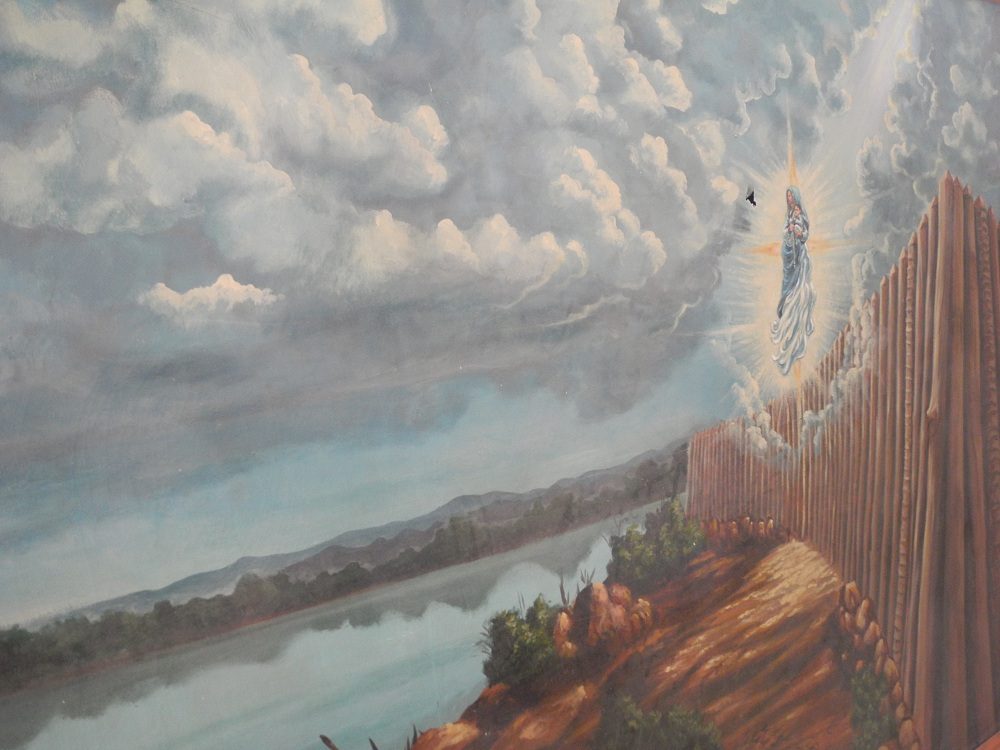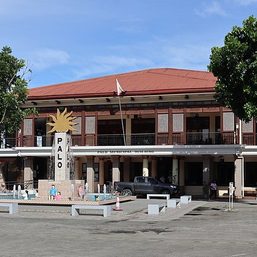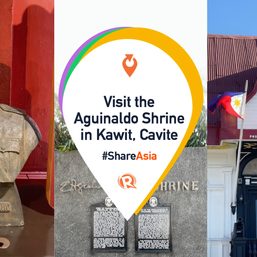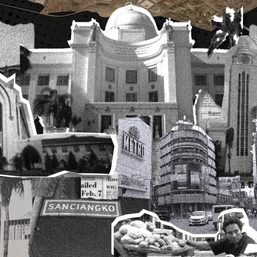SUMMARY
This is AI generated summarization, which may have errors. For context, always refer to the full article.

CAGAYAN DE ORO CITY, Philippines – The Department of Tourism (DOT) aims to include religious tourism among its recently launched Colors of Mindanao campaign which showcases various inter- and intra-regional travel circuits in the six regions of the Southern Philippines.
“We are looking to see how we can package faith tourism as a holistic experience for our guests,” said Tourism Undersecretary for Mindanao Myra Paz Valderrosa-Abubakar.
“When they visit a specific destination, they may be on a pilgrimage to historic churches, shrines, and places with religious significance. But they could also experience other attractions along their route such as eco-parks, adventure tours, and others that would give them the definitive experience of a particular place.”
Faith tourism
In the predominantly Catholic Philippines, faith tourism is often equated with Catholic pilgrimage only. Abubakar, however, said there are also mosques and other historic and culturally significant destinations of other faiths like those of the Muslims and lumads which can also be included in a tourist’s itinerary.
In the Misamis Oriental-Cagayan de Oro area, prominent faith tourism destinations include the Divine Mercy Shrine in El Salvador City, Christ the King Shrine in Samay, along the Villanueva-Claveria-Gingoog City Road, and the Our Lady of Guadalupe Shrine in Barangay Tablon, Cagayan de Oro City.
The oldest of these, however, is the Saint Augustine Metropolitan Cathedral which dates back to the early history of the Catholic Church in Cagayan de Oro, and its Birhen sa Kota (Our Lady of the Walls).
History of the ‘Birhen’
The Orden de Agustinos Recoletos priests introduced the Birhen sa Santo Rosaryo (Virgin of the Holy Rosary) to early settlers who lived in what is now Gaston Park.
The park is located in front of the Executive Building of city hall, near the Saint Augustine Metropolitan Cathedral, and the Cagayan River.
In 1622, Christianity was introduced in the first known Cagayan de Oro settlement in Himolugan, located on a promontory along the Cagayan River. The place is the present-day Sitio Taguanao in Barangay Indahag, next to where the Emmanuel Pelaez Bridge now stands.
Through the initiative of Fray Agustin de San Pedro, the early mission was moved to the site of the present cathedral.
Legend of the protector
In 1626, a wooden palisade or kota was erected on the eastern side beneath the church and the convent as a protection against the constant depredations of raiders from distant Sultanates.

Local legend has it that the people used to shelter there whenever the village was under attack, and pray to the image of the Virgin of the Holy Rosary to protect them from danger.
The legend of the Birhen sa Kota is detailed in the book The Local Historical Sources of Northern Mindanao by the late Jesuit historian Father Francisco R. Demetrio.
One day, the villagers were thrown into an uproar as boatloads of raiders were espied coming in from downriver. But just as quickly, the people saw the boats turn around, and beat a hasty retreat.
Later, the villagers learned from one of the attackers how they saw a vision of a woman atop the kota, calling on the raiders to turn back while the people were praying for her intercession. Thus, the statue came to be known as Our Lady of the Walls.
During the American colonial period, the image was placed on the right wing of the cathedral, on an altar on the wall parallel to the river. It was venerated every Saturday, a practice which came to be known as Sabadohan (Saturday activity).
“It was called Birhen sa Bungbong (low wall along the edge of a roof) not because of the apparition, but rather because the image was attached or fixed to the wall,” said Father Jose Alan Pulgo, the official historian of the Archdiocese of Cagayan de Oro.
“I would rather use a story that was handed down than a legend,” Pulgo said.
Unscathed
The cathedral has been destroyed four times, the latest during World War II when it was bombed during the Liberation by the Americans because it was used by the Japanese Army. But the Birhen sa Kota icon, the image of Saint Augustine, and the old Mission Cross were unscathed.
At the end of World War II, the late archbishop James Hayes had the image brought for safekeeping to the San Jose de Mindanao Seminary in Barangay Camaman-an, Cagayan de Oro.
There were times in the past when the icon was placed on the heads of the sick, usually during the Sabadohan, and many attributed their recovery to it.
Return of the Virgin
In August 1967, the image was brought to the Museo de Oro of Xavier University-Ateneo de Cagayan, for restoration.
In 2008, during his watch, Archbishop Emeritus Antonio Ledesma, and the Museo de Oro agreed to bring back the image to a secure place in the cathedral.
“It was returned to the cathedral on the occasion of the Diamond Jubilee of Cagayan de Oro as a Diocese in 2008 and was restored to its rightful place at the Cathedral on August 28, 2008, when it was declared as the second patron of the Archdiocese of Cagayan de Oro by the Most Reverend Edward Joseph Adams, Apostolic Nuncio to the Philippines, according to Father Pulgo.
On October 7, 2013, the feast day of the Birhen sa Kota was restored, along with the Sabadohan Debosyon (Saturday devotion) on October 19, 2013. – Rappler.com
Add a comment
How does this make you feel?

















![[Judgment Call] Is Rappler an ‘enabler’ of Catholic ‘copycats’?](https://www.rappler.com/tachyon/2024/04/catholics-copycats-april-18-2024.jpg?resize=257%2C257&crop=418px%2C0px%2C1080px%2C1080px)


![[Rappler’s Best] The elusive big fish – and big fishers](https://www.rappler.com/tachyon/2024/04/The-elusive-big-fish-%E2%80%93-and-big-fishers.jpg?resize=257%2C257&crop=220px%2C0px%2C720px%2C720px)
There are no comments yet. Add your comment to start the conversation.